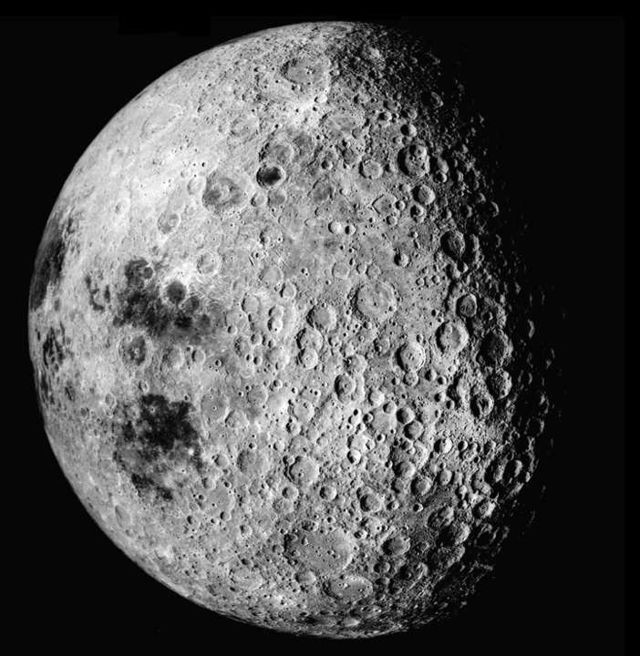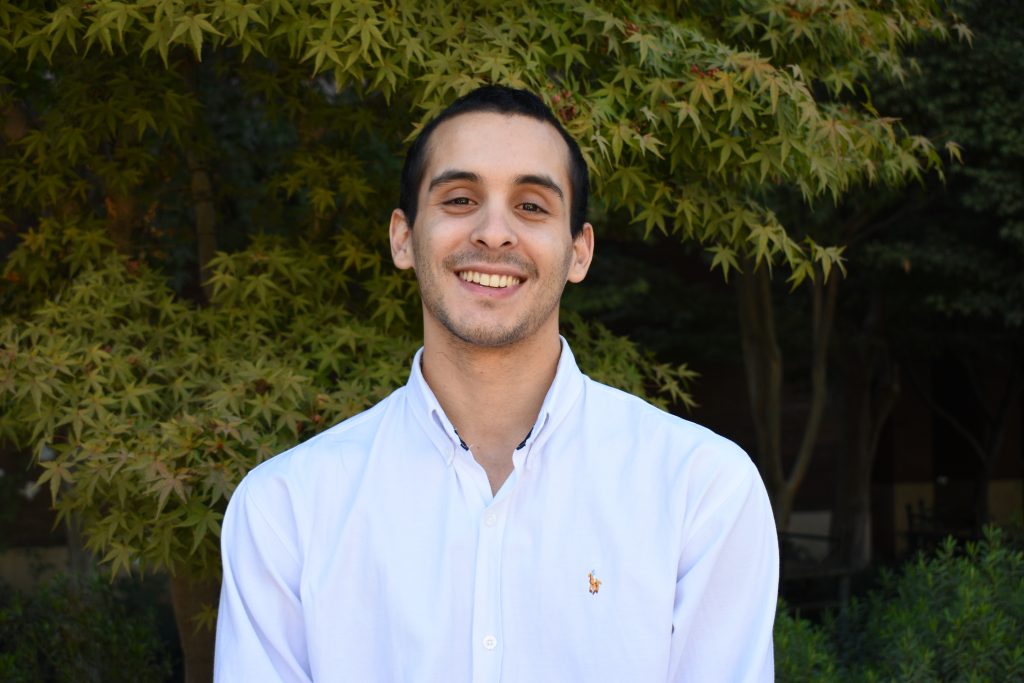There is a global effort to learn more about lunar earthquakes and advance the design of safe infrastructure for the future colonization of the Earth’s natural satellite.
Marisol Grisanti, UANDES Journalist.-Establishing a human colony on the Moon is an ambitious project and increasingly feasible thanks to technological advances in the space area. However, one of the main obstacles to achieving this goal is the seismic activity on Earth’s only natural satellite.
researchers of the Faculty of Engineering and Applied Sciences UANDES are working on this matter, based on the analysis of the seismic activity recorded by the Apollo space missions that landed on the lunar surface between 1961 and 1972. During that period, earthquakes on the Moon, known as moonquakes (or moonmotos).
“From this analysis, it seeks to propose artificial seismic records that are representative of seismic activity on the Moon. Although there are still many challenges, this research hopes to be a great contribution and provide important progress so that in the future we can establish infrastructure on the Moon that is safe,” explains Nelson Fernández, a fifth-year student at the Faculty of Engineering and Applied Sciences UANDES who is working on this research together with his lead professor, the academic vice dean of the FacultyRodrigo Astroza.
Moonquakes can be much longer than Earthquakes, lasting up to an hour or more, with a magnitude of 5 Richter degrees. Therefore, it is essential to have infrastructure that is capable of withstanding these telluric movements and guaranteeing the safety of future settlers. “We are investigating, together with the University of Chile and the University of Valle (Colombia), solutions to design safe anti-seismic infrastructure for the future colonization of the Moon. This research is part of a global effort to find solutions to establish human colonies on our natural satellite. The University of Texas and Purdue University (both in the US), the University of Tokyo (Japan), NASA and the Japanese Aerospace Exploration Agency are carrying out similar studies to achieve the same objective”, says Fernández.
The research has several stages: processing of seismic data obtained from the database provided by the Universidad del Valle; obtaining seismic data in acceleration units; parameter estimation by applying a predictive model to time histories; generation of artificial earthquakes and add to these realizations all the necessary features that may have been lost on the seismograph. “Successful results have been obtained in each of these stages, we are currently in the last part and it is expected that we will have results very soon,” the researcher details. UANDES.
















